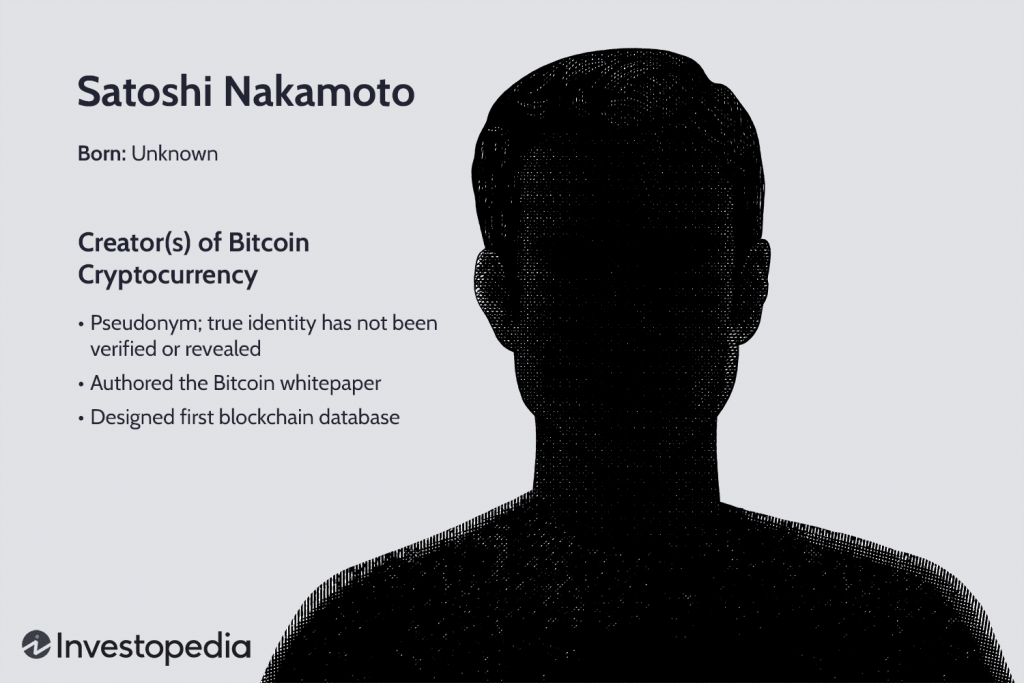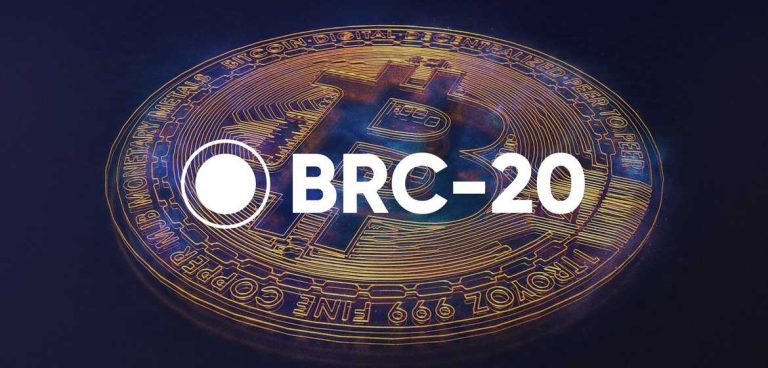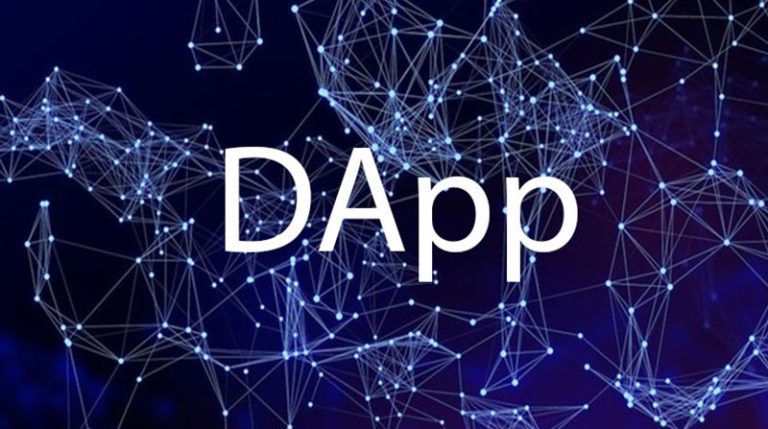
Byzantine Generals’ Problem Theory
The Byzantine generals’ problem is a form of game theory scenario that illustrates the difficulties faced by decentralized parties attempting to reach a consensus without the involvement of a central authority. It poses the question of how nodes can come to an agreement regarding a transaction when they are unable to authenticate the identity of other nodes.
The concept of the Byzantine generals’ problem was first proposed in 1982 by Robert Shostak, Leslie Lamport, and Marshall Pease. The theory basically suggests enabling a peer-to-peer network to make accurate decisions in the absence of a central authority, with nodes acting as byzantine generals
The Byzantine generals’ problem exemplifies a group of generals who are besieging Byzantium from different locations and must collectively determine when to attack. If they attack at the same time, they will win, but if they attack at different times, they will lose. Unfortunately, they cannot effectively communicate as they fear that any message they send or receive may have been tampered with or deceptively sent by Byzantium’s defenders.
The Byzantine Generals’ Problem has significantly impacted the development of blockchain protocols, which aim to overcome the challenge of creating a decentralized and trustless system for validating transactions. Such a system is critical for establishing a universally accepted and reliable form of currency.
Satoshi Nakamoto’s Solution To The Byzantine Generals’ Dilemma

In January 2009, the Bitcoin network was introduced in an article published by Satoshi Nakamoto, who had already offered a solution to the Byzantine generals’ problem in an earlier paper published in October 2008. In the later article, Satoshi used public-key encryption and cryptographic security to address the security issue in the bitcoin network. By using hashing, an encoding process, to prevent data manipulation, cryptographic security ensures transaction protection within a block. These blocks are linked to other blocks by their hash values, and all hashes can be traced back to an initial block, which serves as the root of all hashes.
The blockchain, a technology that verifies hashes from genesis blocks using a Merkle Tree, ensures that the history of Bitcoin cannot be altered. Miners create blocks by solving cryptographic puzzles and must provide evidence of their effort to add information to the blockchain.
This proof-of-work consensus mechanism establishes a clear set of rules for the blockchain that prevents any disagreement or alteration of data. Transactions must be validated by each node, and there is a system for determining who will mine new blocks of bitcoin. Miners solve the Byzantine generals’ dilemma, similar to generals in Satoshi’s blockchain, by ensuring that transactions are valid or invalid.
In summary:
The byzantine generals’ problem addresses the challenge of the lack of a decentralized and trustless system for verifying transactions in the bitcoin network. Satoshi Nakamoto, the creator of bitcoin, solved this problem by suggesting the use of an encoding process known as hashing to prevent data manipulation in the network.




